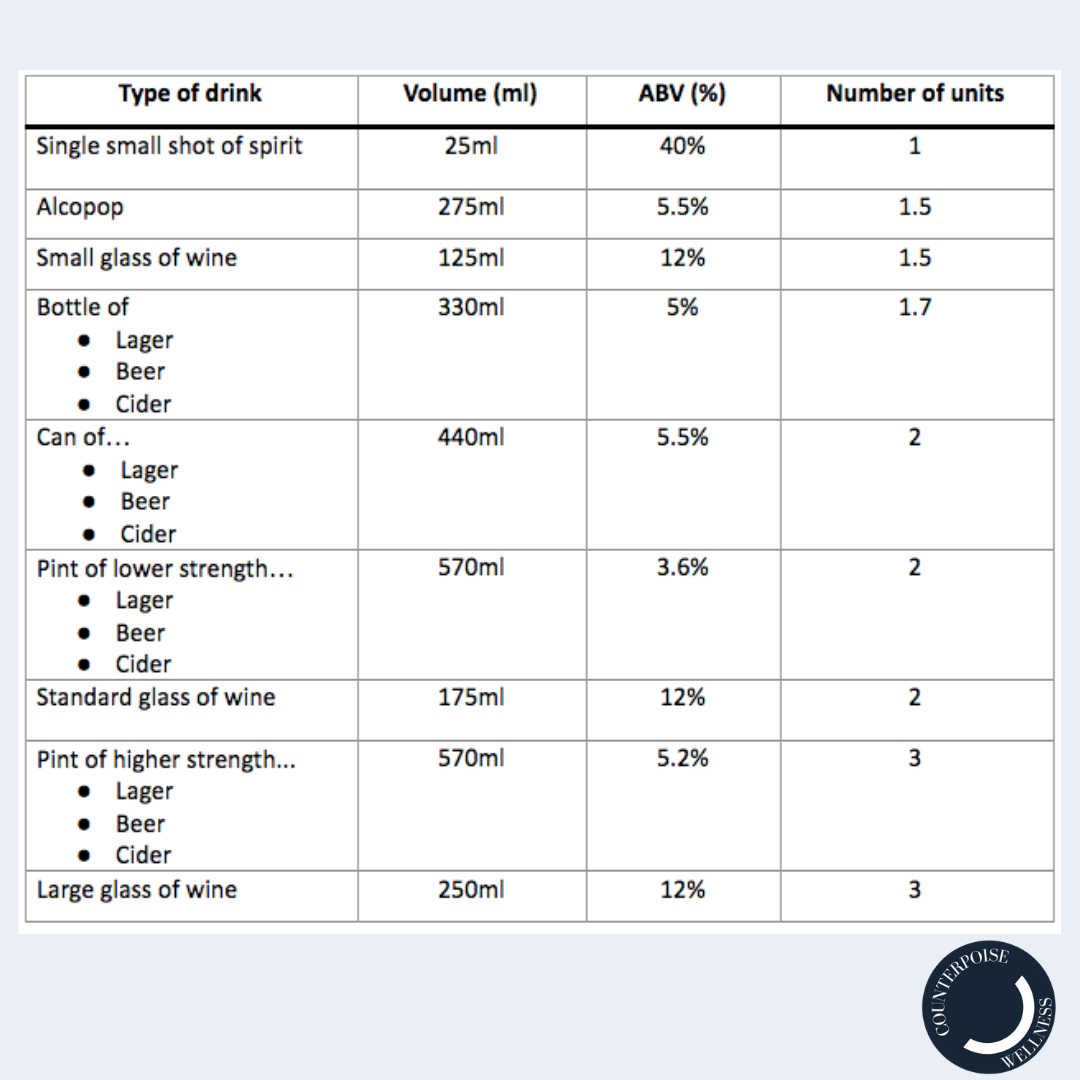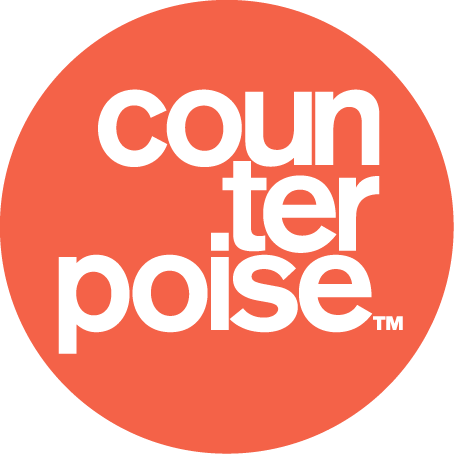Alcohol: How Much Is ‘Too Much’?

The pubs are opening and everyone is practically sprinting to get their hands on the first pulled pint post lockdown. Don’t get me wrong, I have a table booked at the pub and I am SO excited, who would have thought the day would come!

Although I’m not here to talk about my excitement for a freshly poured Espresso martini, I’m here to discuss how much we really should be drinking. But before I do, let’s talk about what alcohol actually is…
What Is Alcohol?
The scientific name for alcohol is ethanol or ethyl alcohol. Alcohol is a depressant, suggesting it can disrupt the neuron balance within the brain, affecting our thoughts, feelings, and actions. This is partly due to the neurotransmitters within our brain.
Neurotransmitters are chemicals within our brain that help to transmit signals from one nerve to another. The relaxed feeling, we can experience after having a drink, is due to the chemical changes within our brain, as the alcohol begins to suppress the part of the brain associated with inhibition – making us feel more confident.
As we drink, our blood flow increases, we feel less inhibited, our attention span is shorter, and we can become more emotional and aggressive. This can sometimes lead people down a dangerous road, as it can lead to alcohol dependency. The more we drink, the more our body becomes used to it and so much like caffeine, our body needs more of it to feel the same effects. However, alcohol is slightly more dangerous than caffeine as it can lead to alcohol addiction, which can result in brain shrinkage and liver damage.
How Much Is ‘Too Much’?
The amount of alcohol in a drink can often become confusing, due to every bottle being a different size with a different % on the label. Units are a simple way of tracking how much pure alcohol is in a drink. 1 unit is approximately 10ml or 8g of pure alcohol, which is around the amount the human body can process in an hour.
It is advised that men and women don’t drink more than 14 units of alcohol a week. On bottles, you often see the abbreviation ABV. ABV stands for alcohol by volume, which is the measure of the amount of pure alcohol, as a percentage, of the total volume of liquid in a drink. For instance, if a bottle of wine says 12% ABV, it means that 12% of the volume of that drink is pure alcohol. You can work out how many units there are in a drink by using the little calculation below and on the NHS website.
Strength (ABV) x volume (ml) ÷ 1,000 = units

Many of our favourite drinks are made from natural starch and sugar through the fermentation process. Therefore, typically alcohol is high in calories. Alcohol contains 7 kcal per gram, like that of a gram of fat (9kcal). This doesn’t account for any additional calories such as mixers which may be added. Alcohol can easily lead to weight gain. Binge drinking refers to drinking lots of alcohol in a short amount of time. In the UK, binge drinking is drinking more than:
- 8 units of alcohol in a single session for men
- 6 units of alcohol in a single session for women
Realising you have a problem with alcohol can be hard. You may need help if you often feel you need to have a drink, other people make comments on how much you drink or if you think your drinking habits are causing you problems. If you think you have a problem, it’s important to get in contact with your GP.
So, whilst it’s fun to have a drink and to feel a bit looser, it’s important to be mindful of what you are drinking, how much you are drinking and the impacts it may have on your body.


